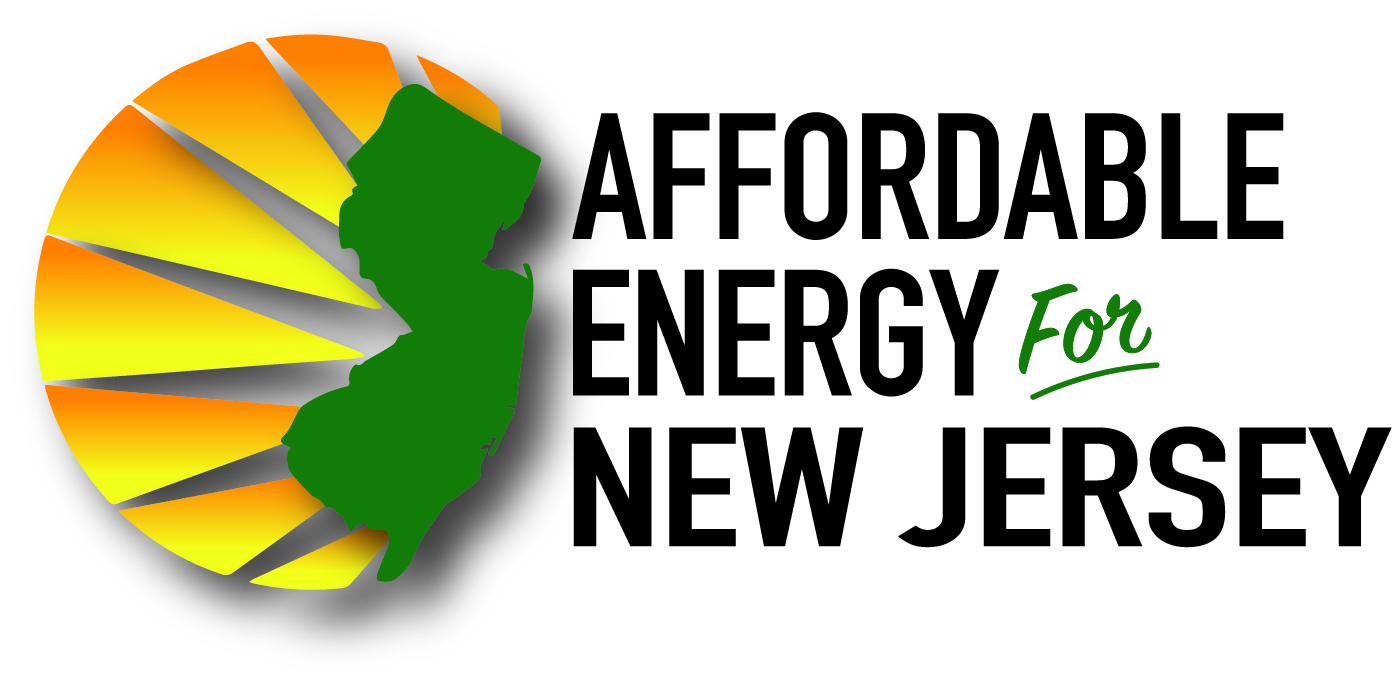While we were all quarantining at home and keeping our families safe, the state of New Jersey continued to move forward with one of the most impactful policy shifts in state history, implementation of the Energy Master Plan. Even if well-intentioned at the time of its release in February, the EMP was unrealistic then and is even less feasible now, as the COVID-19 pandemic puts our state, our residents and our businesses under financial strain.
In fact, a new report from Affordable Energy for New Jersey and energy expert Jonathan Lesser has found that the EMP will cost businesses and residents at least $2 billion per year — and potentially far more. At a time when our state faces unprecedented financial crisis and many residents are struggling to pay their bills, that’s a cost New Jersey simply can’t afford to pay.
Home heating alone poses an immense burden for our state if the bureaucrats behind the EMP have their way. The EMP calls for replacing inexpensive natural-gas heat with electric heaters. That’s all well and good, until we realize that millions of our residents — as high as 75% — rely on these systems in their homes and in businesses. Retrofitting three-quarters of our home-heating supply will costs tens of thousands of dollars for each electric heat pump, totaling tens of billions alone.
On the flip side, estimates suggest that the PennEast pipeline would have saved residents hundreds of millions in winter heating and electric costs in one season. Expanding our clean natural-gas supplies will lower costs and create jobs at a time when we sorely need them. But the Murphy administration and the EMP would rather grind these projects to a halt and force our residents to stop using natural gas.
That’s the story of the EMP — well-intentioned, rosy-eyed proposals to electrify this and “modernize” that, without fully considering the total costs at hand. Everywhere we turn, the plan places new costs on hardworking New Jerseyans, with only limited environmental upside. We need smarter policy.
Technologies like electric heating, solar and wind power and other innovations certainly have a place in New Jersey. It’s encouraging that many residents and businesses have pursued them to help lower our carbon footprint. But we need proven solutions like clean natural gas to help lower costs and provide stable, reliable energy for all. We need a practical, actionable energy policy, not a one-size-fits-all approach.
To make matters more confusing, the New Jersey Department of Environmental Protection recently released New Jersey’s Global Warming Response Act 80×50 Report, which purports to detail actionable steps to reduce our carbon emissions by 80% by 2050. The DEP acknowledges that achieving “steep and permanent” cuts in emissions would require effectively eliminating gas-powered cars within the next 10 years, among other dramatic and costly measures. Yet it does not begin to discuss what this will cost New Jersey’s residents and businesses.
There’s a theme here — when energy policy is concerned, the state too often ignores the cost question or relies on rosy, nigh-on-impossible projects. New Jerseyans need clear, concrete policy initiatives, not guessing games that hurt their wallets.
We know that natural gas is cost-effective, abundant and inexpensive. The technology is already there, not years away from large-scale production. And industries across the state rely heavily on it. Why fix what isn’t broken?
New Jersey urgently needs solutions to keep our energy costs down, grow our economy and simultaneously improve the environment. We have the tools for the job at our disposal, but the EMP won’t get the job done. Now is the time to get started.

